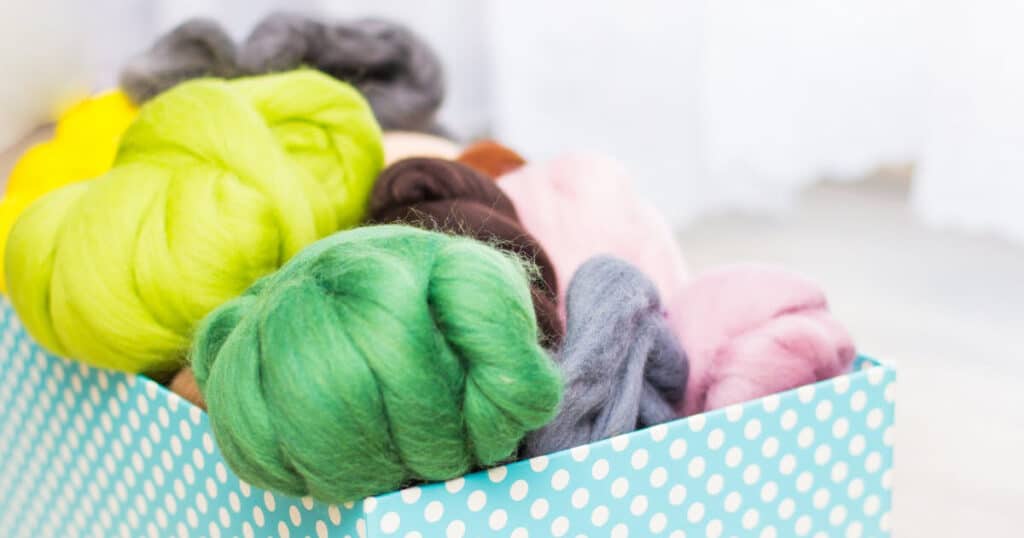If you’ve been shopping for a suit or other fine woolen garment, you may have seen several marketed as being made with worsted wool. But what is worsted wool and what can you expect from a garment made with this natural fiber? Let’s find out in today’s article.
I’ll also explain the process used to created worsted wool.
Worsted Wool vs Regular Wool
Worsted wool is a yarn of the highest quality. A village in England called Worstead was the place where manufacturing of this yarn first took place in the twelfth century.
Worsted woolen material is smoother, finer, and more durable than regular wool (also called woolens). Well-made business suits are commonly made from worsted wool.
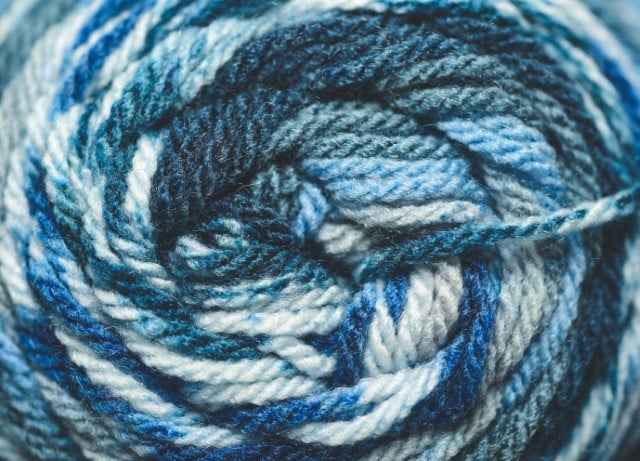
A woolen product is different from worsted fabric in that it is much fuzzier and doesn’t have the enviable smoothness of worsted.
A knitted sweater is an example of a woolen. Worsted wool is finer than woolen, so it is more effective at repelling rain and wind.
It doesn’t tend to be as warm as regular wool, though. Woolens have a fuzzy quality that provides better insulation.
Worsted wool has enough durability and resilience that it easily keeps its shape.
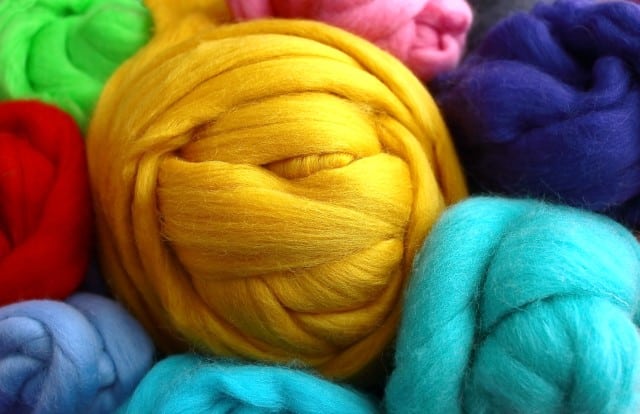
Of course, office clothing shouldn’t wrinkle easily. Worsted wool yarn is made up of parallel and straight wool fibers that don’t have very much space between them.
Highly skilled processing and manufacturing is needed to transform a clump of wool into worsted yarn.
Carding
Carding is one of the first steps of this processing. It’s what makes all of the shorter pieces of wool line up with the longer pieces.
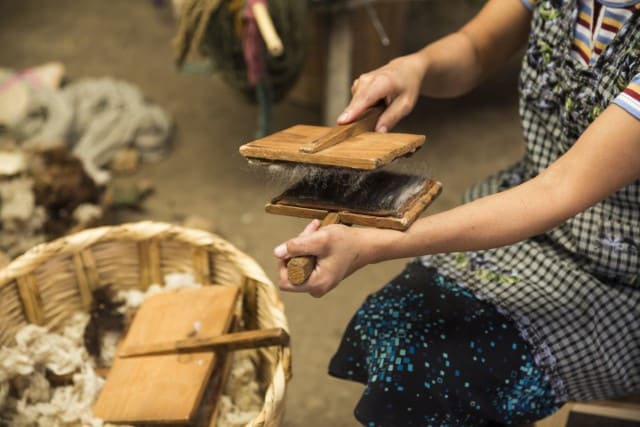
This is necessary in order for yarn to be spun. It’s a mechanical procedure in which fibers are disentangled and mixed.
After carding, there is combing so that tiny short fibers are removed.
After that, the long fibers are put through gilling machines to make them parallel and properly aligned.
Untangled and overlapping strands are called slivers.

“Woolen” wool often comes out of this process as a byproduct. While woolen yarn is often derived from sheep that have shorter wool fibers, it can also be collected during carding.
After the carding process is done, the different kinds of wool are spun and made into yarn. Worsted wool is then woven, creating large sheets.
How the Manufacturing Process Differs
Worsted wool manufacturing is quite a bit more complex than the one used for woolens. This is one reason why worsted materials are a more expensive fabric than regular woolens.
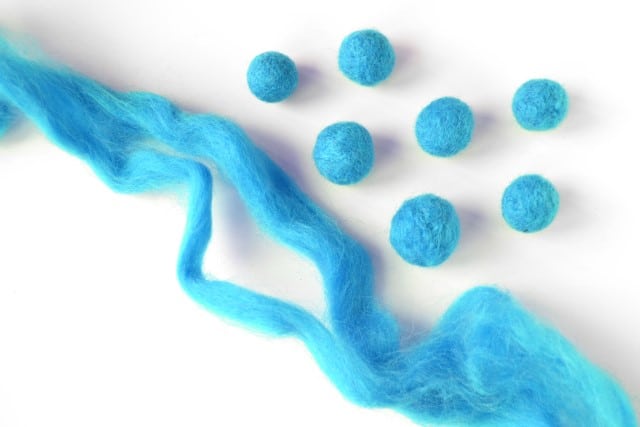
Another reason for the price is the fact that raising sheep for the production of worsted yarn can prevent the use of land for other kinds of agriculture.
There is one potential disadvantage of worsted wool: it can occasionally turn a bit shiny in places where it gets an especially large amount of wear.
Examples can include the seat of skirts or pants. This is because of how the parallel fibers are pressed so compactly together.
However, a plain weave is less likely to become shiny than twill weaves.
What is Semi-Worsted Wool?
Avoid buying anything made of semi-worsted wool if you are investing in a new garment, especially an expensive one like a suit.
With semi-worsted, the yarns are not combed like they are with worsted. Semi-worsted fabrics are made more cheaply than worsted and wools of an inferior quality are often used.
How Does this Difference Affect Clothing?
Worsted wool can create woven clothing with a smooth and sleek appearance and texture. Woolen wool, on the other hand, is most easily recognizable in fluffy sweaters or yarns that are crocheted or knitted.
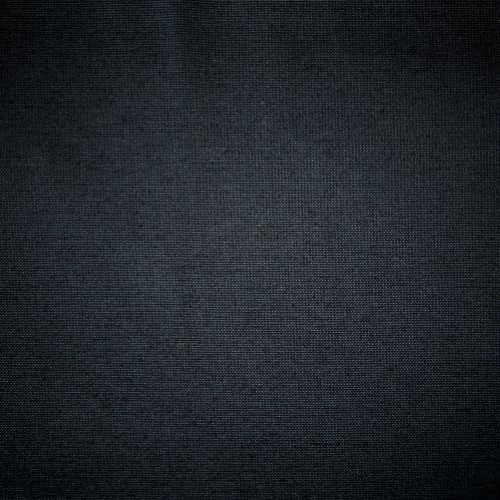
Worsted wool’s refined and upscale appearance make it popular for upscale suiting. In fact, this type of wool is the world’s most popular suit fabric.
Some reasons for this include the breathability of lightweight wools, the fact that wool is water resistant, and the way that wool has elastic recovery. This is the memory and durability that resists wrinkles.
A garment made of worsted wool is much more effective at repelling rain and wind.
However, garments made of woolen wool will be warmer. They keep in more air that provide insulation.
Have You Ever Heard of the Super 100s, 120s, and 150s?
The Super 100s, 120s, and 150s are extremely silky and refined wool used for suits. It was in the 1960s that Super 100s wool was first developed.
It was this wool’s extraordinary smoothness that earned the “super” in its name.
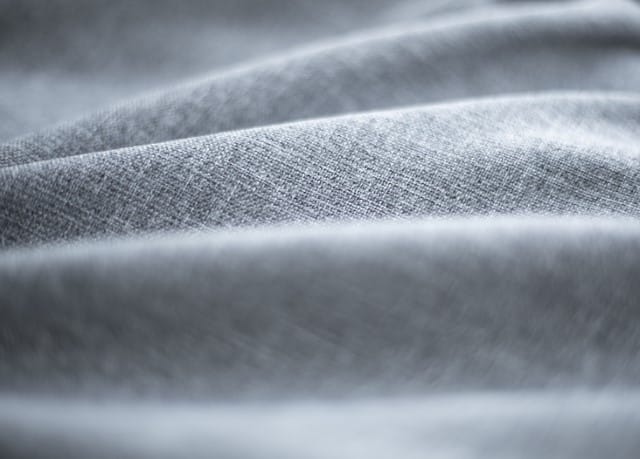
With the Super 100s, the fiber gets narrower (and finer) as the number gets higher. Over the years since the 1960s, many more numbers have appeared.
We now have the Super 200s, as well. New developments in manufacturing and sheep breeding have meant that higher numbers of the Super 200s are still being developed.
Always keep your own needs in mind when choosing a suit. While a very high S-number means that the wool is extremely refined and silky, it can also mean that it’s more difficult to care for and clean.
Even the dry cleaner in some cases can potentially cause issues with extremely high S-numbers. Always carefully follow the cleaning directions that come with your suit.
Also, the highest S-numbers can also mean a suit that is more likely to wrinkle. Some experts say that in most cases, staying with an S-number below 160 is the best bet.
Worsted Wool is a Remarkable Fabric
There are few other fabrics that have such surprising and versatile characteristics as worsted wool. With this textile, you get all the traditional benefits of wool with a silky texture and lightweight feel.
This special wool is the most commonly used suiting fabric for a good reason. A high quality worsted garment is always worth the investment.

